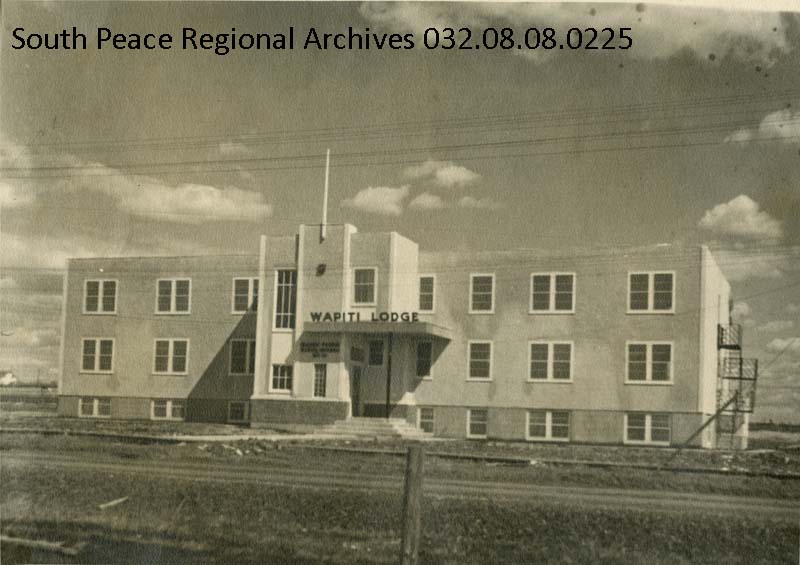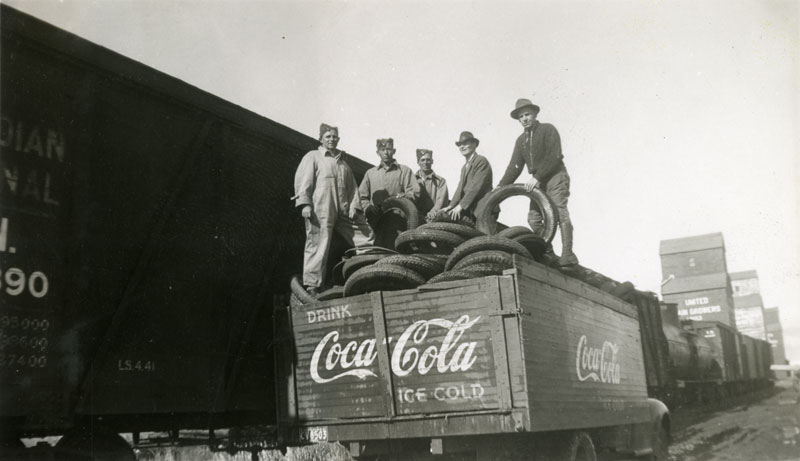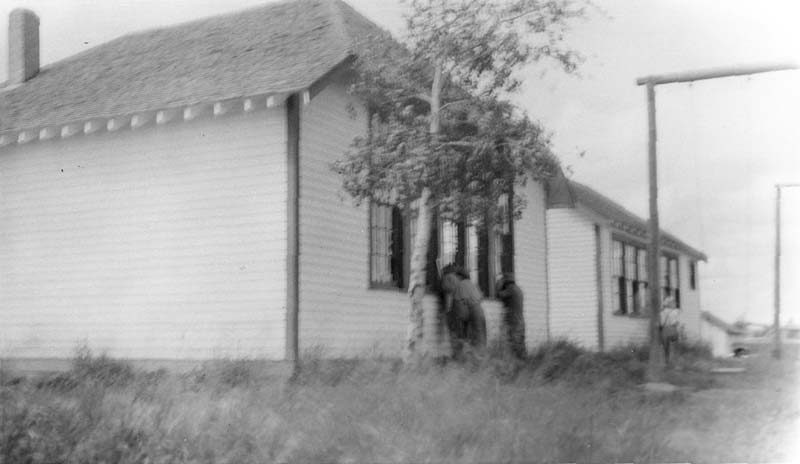Blog
- All
- Archives
- Behind the Name
- Cooking with Betty
- Country Roads
- Event
- From The Vault Friday
- Indigenous
- Movie Monday
- News
- Soldiers
- Taste of History
- Telling Our Stories
- This Week in History
- Thursday File
- Uncategorized
All
- All
- Archives
- Behind the Name
- Cooking with Betty
- Country Roads
- Event
- From The Vault Friday
- Indigenous
- Movie Monday
- News
- Soldiers
- Taste of History
- Telling Our Stories
- This Week in History
- Thursday File
- Uncategorized
Soldier Spotlight: Private Doris Guerette
Image: The Wapiti Lodge built as a dormitory for out of town students attending Grande ...
Read More
Soldier Spotlight: Sapper Arthur Thew
Image: Men posing on the back of a truck loaded with tires that have been ...
Read More
Soldier Spotlight: Private Vernon Ford
Image: The Lindsay School (district #3898), named after the local pioneer George Lindsay, was opened ...
Read More


